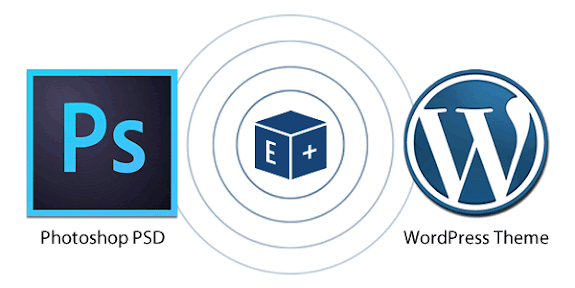Creating a Custom Shopify Theme: Boosting Your Business's Brand and Sales

In the ever-evolving world of e-commerce, having a unique and visually appealing online store is paramount. One of the best ways to achieve this on the Shopify platform is by creating a custom theme. In this blog post, we'll guide you through the process of creating a custom Shopify theme and explore the numerous benefits it offers to businesses. If you're looking for a Shopify theme development service provider company to assist you in this endeavor, keep reading to discover why it's a wise investment. Understanding Custom Shopify Themes Before we dive into the process of creating a custom Shopify theme, let's first understand what a custom theme is. Shopify provides a range of pre-designed themes that are easy to set up and use. However, custom themes are tailored specifically to your brand's needs and can be built from the ground up or customized extensively. The Benefits of Custom Themes Unique Brand Identity: A custom theme allows your online store to stand ...
